Randy Rice | Interview | Reissue of 1974 Private Press Gem
A private press gem from 1974 that mixed singer-songwriter material with electrifying acid guitar gets a reissue via Wah Wah Records.
The reissue of ‘To Anyone Who’s Ever Laughed at Someone Else’ is housed in its original minimalist hand made artwork with the little upgrade twist of silk-screen printing. It’s the first ever vinyl reissue of an ultra rare privately pressed double album with remastered sound.
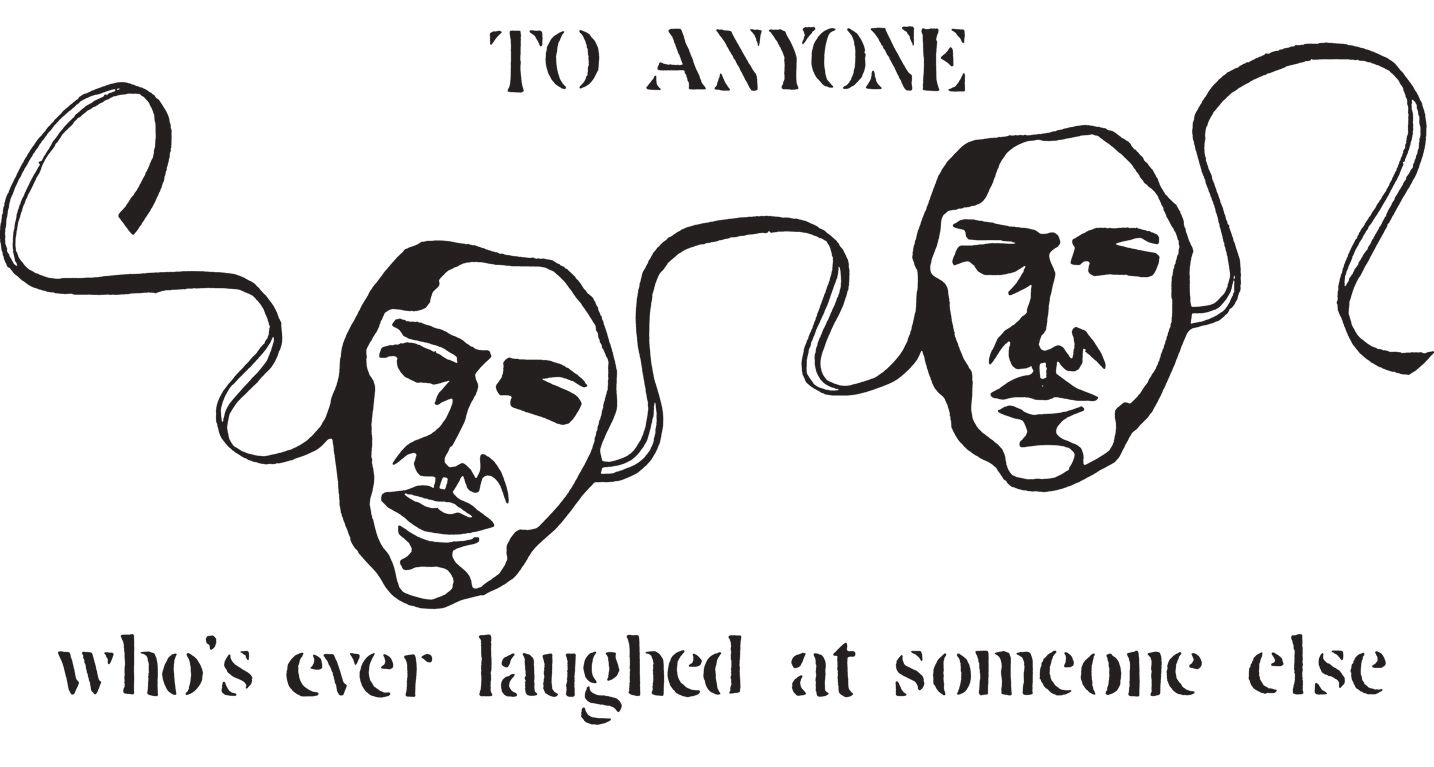
“Writing music was my Fortress of Solitude”
Did you ever imagine that we would be talking about your 1974 album 50 years later? The feeling must be quite something.
Randy Rice: I feel lucky to still be alive and talking about anything fifty years later. But kidding aside, yes, it is indeed pretty mind blowing. Especially when you consider that this was an independent pressing of only 500 copies. I can’t believe this record has traveled, literally, around the world and touched so many people’s lives. In 2006, a book called The Acid Archives by Patrick Lundborg talked about the album and gave it a very positive review. In 2012 a Japanese label, Beyond the Moon Records, reissued it in CD format in Japan and South Korea. And now Wah Wah Records out of Barcelona is reissuing ‘To Anyone Who’s Ever Laughed At Someone Else’ on vinyl as a 50th Anniversary edition. The internet is also full of folks/fans talking about the record. My daughter keeps finding new sites and calling me up saying, “Dad, you gotta look at this. People are talking about your record!”
Tell us about the Wah Wah reissue.
I am so honored that Jordi Segura of Wah Wah Records has taken the initiative to release this 50th Anniversary re-issue of ‘To Anyone Who Ever Laughed at Someone Else’. The idea that a whole new generation of people will be able to hear this album is just thrilling. And a big thank you also goes out to Michel Veenstra Klinkhamer who is a record collector and reseller in the Netherlands. Michel found me on Facebook and told me he was a fan and asked if I had any of the original pressings. We kept in touch and at one point I asked him if he thought there might be a European label interested in reissuing. He reached out to his friend Jordi at Wah Wah. Michel told me later that Jordi was a little hesitant because it is a two-album set which, as you know, almost doubles the production cost. But Michel told him: “Just listen to it before you decide.” And Jordi did and he liked what he heard.
Wah Wah has done a spectacular job in maintaining the integrity of the entire package, too. I remastered it in Chicago and he reproduced the artwork and inserts flawlessly. In addition, I wrote new liner notes and added some photos to be included in the package. So, when you purchase this record, you can be assured you are getting the exact product I did 50 years ago, with a few extras.
Where and when did you grow up? Was music a big part of your family life?
I was born on Christmas Eve, 1952 in Chicago, IL. We lived in Chicago until I was about six years old and then moved out to the suburbs. Music was a huge part of growing up, starting in school and church. I was a soprano in the boys’ choir.
When did you begin playing music? What was your first instrument? Who were your major influences?
My earliest musical obsessions, believe it or not, were movie soundtracks. I used to listen to them for hours on end. Movies like Laurence of Arabia and Exodus had killer soundtracks. And my all-time favorite composer was Henry Mancini. Listen to the Peter Gunn theme and how it starts with a bass riff, and that bass line NEVER stops. He used that formula, starting with a musical hook and continuing it throughout the song, in many of his iconic compositions like ‘The Baby Elephant Walk’ in the film Hatari. With Mancini I moved from just being a fan of music to becoming a student of music, really picking a song apart and attempting to understand how and why it worked.
I was twelve years old when I got my first guitar. It was a cheap electric guitar that I picked out because I thought it looked cool. My older brother and I played together and in bands until high school when I formed my own rock band and also started getting into acoustic music.
I was a child of the sixties and the music from that era. At the top of the list of influences would be The Beatles. They just threw out the rules and gave everybody else permission to do the same. You can’t overstate their influence on music. Even today I can listen to a current song on the radio and hear the Beatles influence and sometimes outright imitation of a guitar sound or vocal effect.
Regarding the songs on my album, which is basically a folk/acoustic album, my influences would start with Simon & Garfunkel. I listened to their albums over and over and learned how to play all of their songs. And then Crosby, Stills, Nash and Young, James Taylor and others came on the scene and took the acoustic music into the 70s. When I hit college, I was no longer in rock bands but was playing and performing exclusively as an acoustic artist.
How did you first get an interest in writing your own songs? Was there a certain moment that helped you to shape who you become as a musician?
I wrote my first song when I was twelve years old, pretty much as soon as I learned how to play the guitar. So, almost immediately, playing music was synonymous with writing music. To use a DC Comics/Superman reference, writing music was my “Fortress of Solitude.” It was my refuge from the angst of being a teenager and kind of a misfit in grade school and high school.
I can’t really pinpoint a moment that shaped me, it was, and has continued to be, a pretty organic, evolving process. All I can say is I really discovered that writing music was an extremely important part of me. And it still is today. I’ve written songs every single year of my life since that first song when I was twelve. I don’t make myself do it or have any kind of regime to make myself write. A new song comes to me and taps me on the shoulder (or whacks me on the side of the head) and says, “hey, write me.”
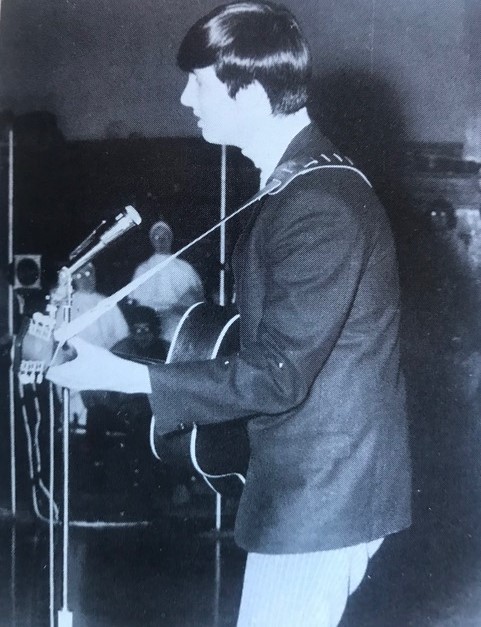
Were you in any bands before recording your album? Any recordings perhaps of that?
I was in a rock band throughout high school and in various folk trios and duos and performed as a solo through college. I have a number of recordings from the time around and shortly after the album. None were ever released but Jordi has talked about maybe after the reissue of this album we might take a look at some of that material and consider releasing something.
What led you to record ‘To Anyone Who’s Ever Laughed at Someone Else’?
I recorded ‘To Anyone Who’s Ever Laughed at Someone Else’ during the summer between graduating from College at DePaul University in Chicago and going off to Graduate school in Psychology at the University of Nevada in Las Vegas. I actually thought at the time that I would not pursue music as a career which turned out to not be the case. I wanted to get the songs recorded because they were such a part of my life.
What’s the story behind your debut album? Where did you record it? What kind of equipment did you use and who was the producer? How many hours did you spend in the studio?
I knew I wanted to record an album and started looking around at the smaller (i.e affordable) studios in the Chicagoland area. I finally settled on Pumpkin Studios which later went on to become one of the premier studios in Chicago but at the time was based in the garage of its founder and owner, Gary Loizzo. Gary had been in The American Breed, a band from the sixties that had a few hits like ‘Bend Me, Shape Me’. Gary was a great guy and he engineered and helped me produce the album. He sadly died of cancer several years ago.
Pumpkin had a 2-track and an 8-track machine (might have been Otari machines, not positive). I remember the 2-track was $20 an hour and the 8-track was $40 an hour. So, being on a limited budget, I chose to record most of the album live straight to 2-track with no overdubs.
Please share your recollections of the sessions.
I had never worked in a studio before so I was pretty nervous. I booked the first session a month out and every single day I played every single song at least once so when the time came I was ready. Many of the guitar/vocal only songs were one take. I had rehearsed with the band quite a lot, too, so they were pretty prepared as well. There are 22 songs on the two-disc set so it took a few sessions to record and mix the entire thing. I don’t really recall exactly how many hours total it was.
“Hopes and fears of a young man coming of age in a world that was full of political upheaval and transformation”
Was there a certain concept behind the album? What were the influences and inspirations for the songs recorded?
I was between the ages of 18 and 20 when I wrote the songs. They express the thoughts and frustrations, hopes and fears of a young man coming of age in a world that was full of political upheaval and transformation. As I said earlier, I was a product of that period in America we call the sixties—those years between the assassination of President John F. Kennedy in November 1963 and the resignation of President Richard Nixon in August 1974. In fact, this record was released that same month Nixon resigned. So, I think more than anything else, To Anyone Who Ever Laughed at Someone Else is a time capsule that speaks to us from a past era. A period when, above all other things, we asked questions. We questioned our country, we questioned our faith, we questioned the very purpose of life itself. And that comes through in all of the songs.
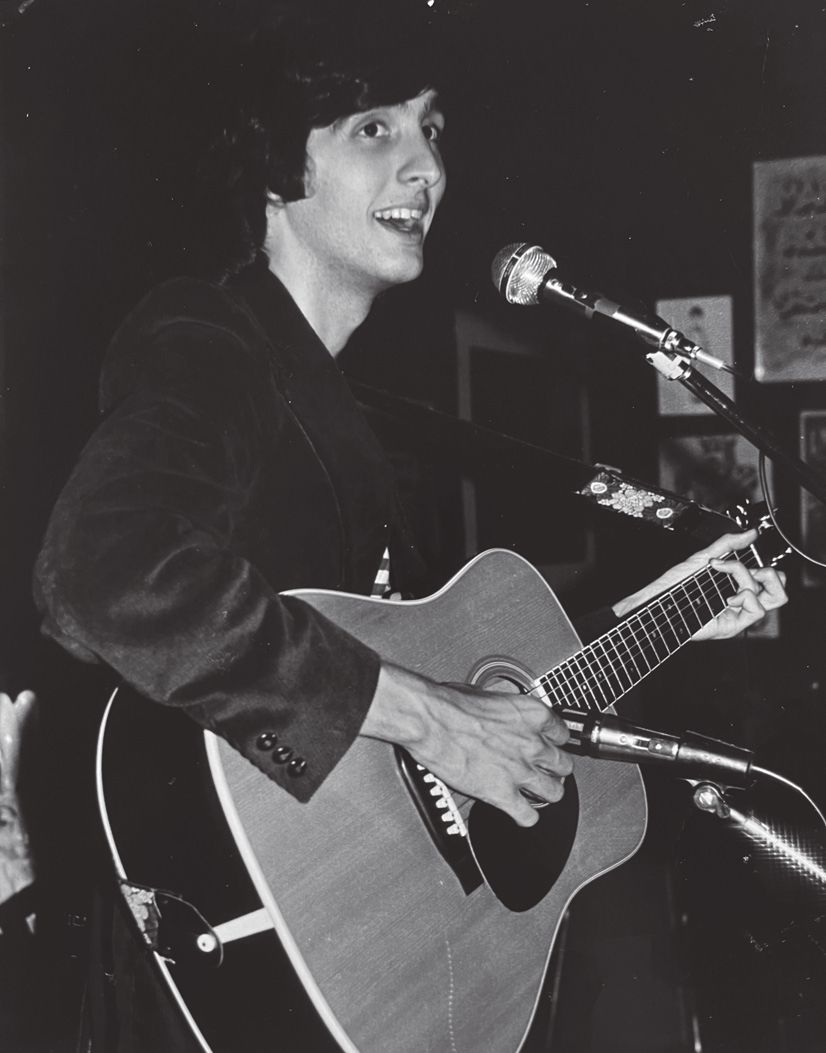
Would you share your insight on the albums’ tracks?
There are different themes that run through the four sides of the Album. Side one is kind of a hodge podge with no specific theme. The song ‘Will You Still Love Me When You’re Twenty-one’ is probably the most popular out of all 22 songs when I perform live. Before that song is a recording of high school students talking about their parents. I look at something like that and think I may not have had the courage to do that if The Beatles hadn’t done ‘Revolution 9’ on the ‘White Album’.
Most of the songs on side two are political in nature. I think my favorite song on the album is in this section, ‘All American Girl’. I wrote the song for my niece who was born July 7 that summer. It even has her crying at the end of it.
Side three also has a theme and addresses my struggles with losing my Catholic faith during my adolescence. Another tip of the hat to The Beatles with the song ‘Mother Mary, Let Me Be’ is in that section.
The fourth side kind of wraps things up with the final section/collection of songs called ‘The continuing story of a square peg in a round hole’ which is pretty much how I felt the first 20 years of my life. Actually, it’s how I’ve felt my whole life.
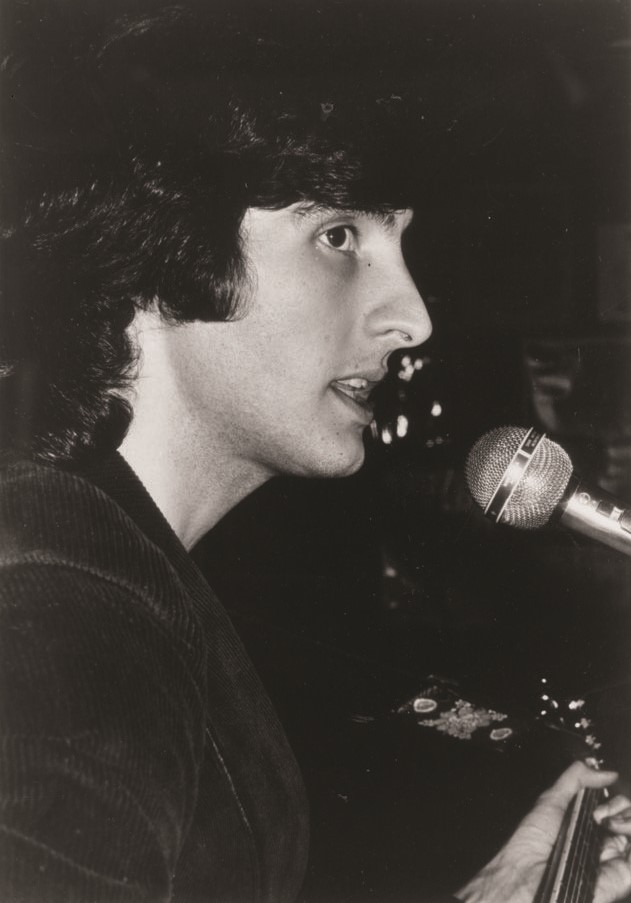
“These songs connect to people on a very deep and personal level”
How pleased was the band with the sound of the album? What, if anything, would you like to have been different from the finished product?
I gotta tell you, I’m amazed at how darn good this album sounds today. I played a cheap, nylon string classical guitar on the album and Gary made it sound spectacular. Really bright and clear. I am very satisfied with the production and the sound of it. Of course, some of the songs show my youth and I write differently today. But I think that raw emotion and vulnerability is what really makes this record so endearing. These songs connect to people on a very deep and personal level. I am really proud of it and, again, so moved that Wah Wah Records is doing this amazing reissue fifty years down the road.
As a double album, where did you get it pressed? How many copies were pressed? Did you send any of those to any radio stations or labels to get any reply?
I don’t recall exactly where I got the records pressed. As I said earlier, I only pressed 500 copies. I sent them out to some record labels and got standard rejection letters back. It got a little airplay on local radio stations. The album did win a Fine Arts Oscar for Excellence in the Medium of Composition and Song from the Chicago Academy of Fine Arts and Friends the year after it was released.
Tell us about the cover artwork.
The first thing to point out is that I didn’t put my picture on the cover because I felt the focus should be on the content of the album, not me. I released two more albums over the years and I continued that practice of no photo on the jacket.
As for the artwork, a grade school buddy of mine, Mike Langenfeld, was an artist and I asked him to do the comedy/tragedy masks for the cover. The original 500 were individually silk screened by him and myself. The title song is about bullying, which both Mike and I experienced in grade school. So he was the perfect person to capture the subtlety of the statement with one of the faces representing the bully and the other the bullied.
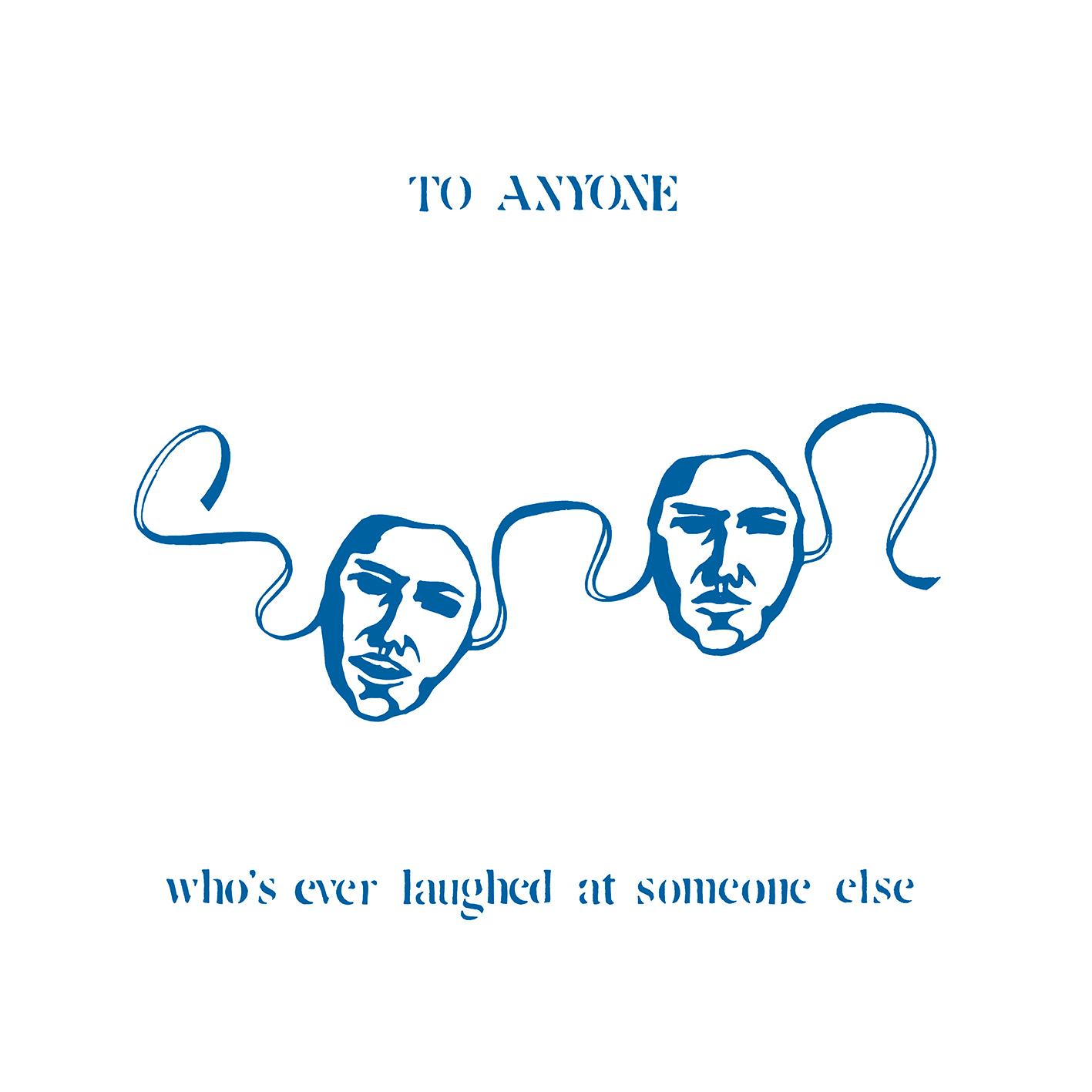
Did you do any gigs after the album was out?
Well, much to my parents’ dismay, I only lasted half a year in graduate school and another half year as a mental health counselor at a hospital. I quit to do music full time and toured the country playing coffeehouses and colleges the rest of the 70s.
What was the scene like in your town for a guy interested in folk/rock music?
In the early and mid 70s Chicago had a very robust coffeehouse/acoustic music scene. Clubs like The Earl of Old Town, Somebody’s Else’s Troubles and Orphans were the places me and all of the other sing-songwriters learned and practiced our craft. The Godfather’s of this scene who had come a few years before us were Steve Goodman (‘City of New Orleans’ fame) and John Prine. We all thought there was going to be another wave of major label signings in Chicago and break nationally like Steve and John did but it was not to be. Music was beginning to change. The Punk Rock scene and the Disco scene took over the latter part of the 70s. Both punk and disco, in very different ways, were kind of a knee-jerk reaction to the sincere acoustic music of the sixties and early 70s. So, I was just a little behind the times and the acoustic music wave was beginning to wash out to sea, as it were.
What would be the craziest gig you ever did?
In the fall of 1979 I was finishing up a six week tour of colleges out east and my last gig before driving home was at a community college in Utica, NY. Many of the colleges had really nice coffee houses that were great listening rooms. But some of the gigs were in the college student center where they served alcohol. At these gigs you would get up on stage and act as a riot monitor for a bunch of drunk college kids. That night, it was a combination of me being tired and an unusually surly group of drunk college boys that led to a shout-out confrontation in the parking lot as I was leaving. When I got on the road, I noticed the boys were following me, flashing their headlights on and off, waving their fist out the windows and shouting. At every stop light they would get out and rock my car back and forth pounding on the roof and hood of the car. I was literally chased out of town like in an old Hollywood western.
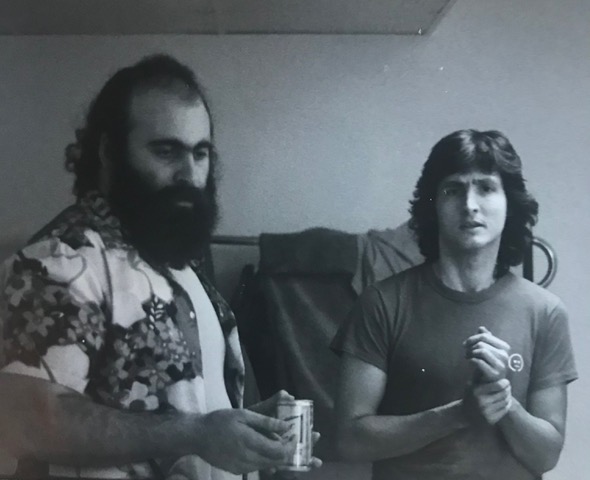
What happened next? Did you continue to be involved with music? What else occupied your life later on and what currently occupies your life?
I made a fine living with music in the 70s, on the college coffeehouse scene in particular. I toured for about four or five years and had a great time. I made a little name for myself, especially out east in Upstate New York. But as the 80s began and the folk scene really started to dry up, I went back to my rock roots and founded an 80’s pop band which lasted six years. After that I was starting to get noticed as a songwriter on the west coast and in 1987 moved to Los Angeles to give songwriting a go.
When I moved to LA, I went there as a songwriter, not a performer. The next decade or so, I had some small successes and came close to some very big breaks. One in particular was having a song of mine, ‘Walk Across the Water,’ up for the movie Beaches. They were looking for the breakout hit ballad for the star of the movie, Bette Midler, to sing. The song made it down to the final three but she went with ‘Wind Beneath My Wings’ which became the Grammy winning Song of the Year and won the Oscar. That was a heartbreaker.
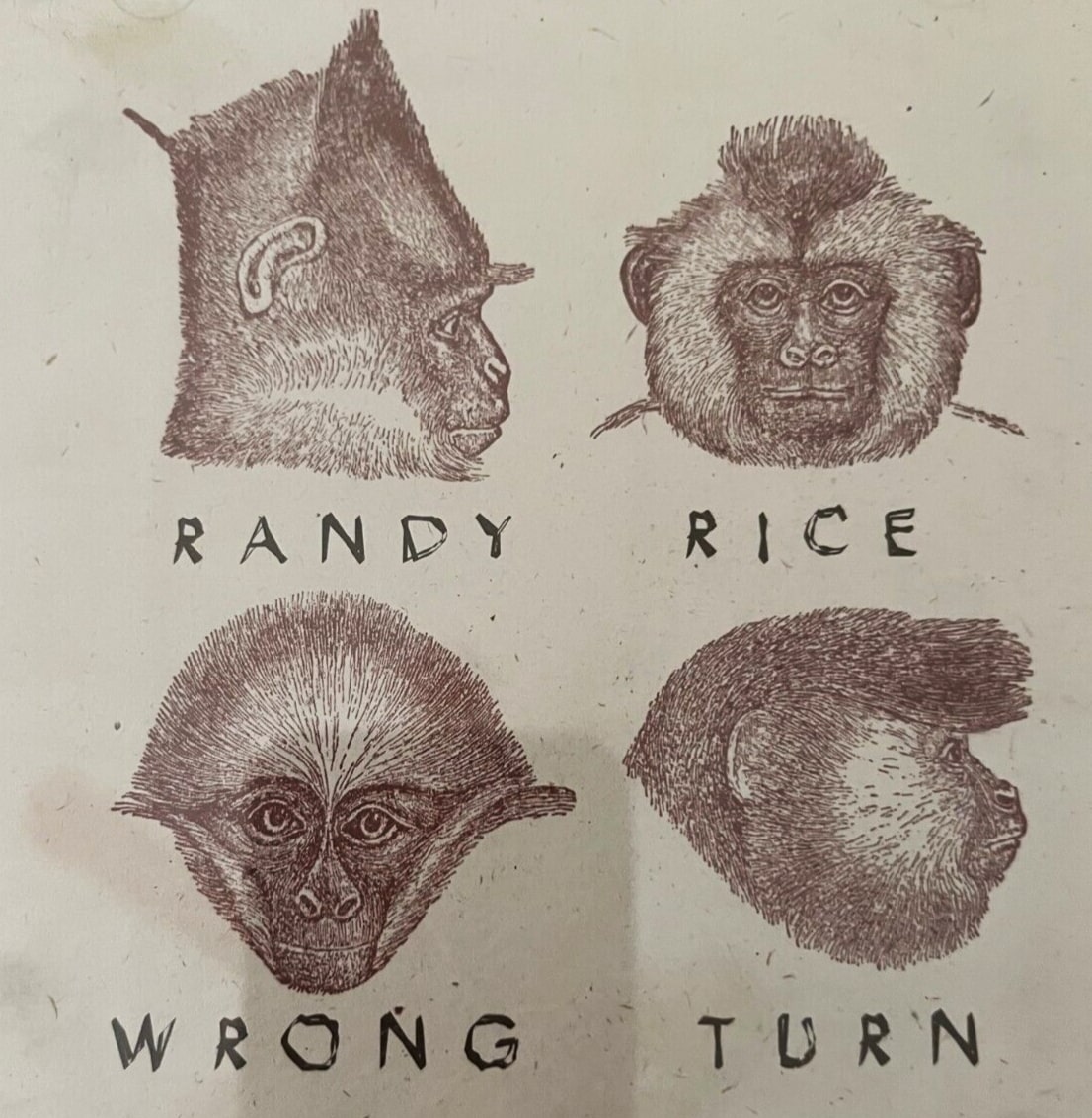
In LA I met Dan Howell at Criterion Music who really liked my work as an artist and, with his support and encouragement, I started to play out again and recorded my second solo album in 1996 called ‘Wrong Turn’. Dan also arranged for Stewart Copeland of The Police to perform on one of the tracks. That was a real dream come true for me because I believe he is one of rock’s greatest drummers ever.
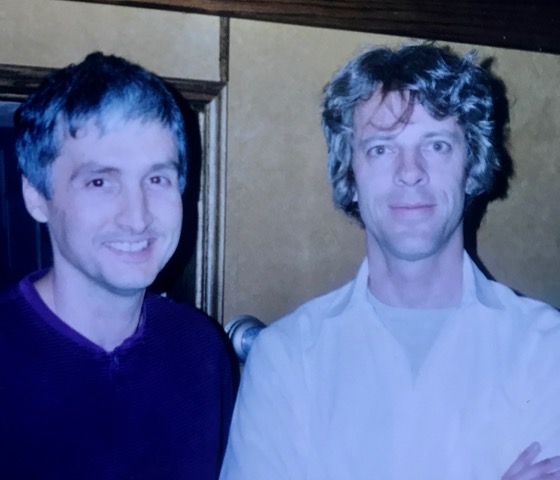
In the end, however, I wound up making my living writing and directing documentaries which I loved doing. I got to compose all of the soundtracks for them, too, tapping into my inner Henry Mancini. I also got to meet and work with some amazing celebrities. Academy Award winner Holly Hunter narrated my women’s history documentary, Second to None, and Sandra Oh narrated my Asian American History documentary, Across the Waves. I worked with Jack Black on an Arts Education project, too.
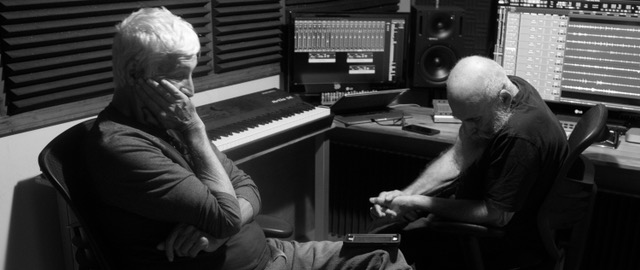
In 2017 I moved to my lakeside home in Arkansas. But I’m still making music. I just finished recording a new solo album called ‘I Used To Worry’ in Chicago with my old friend, Victor Sanders, who played all of the electric guitar on ‘To Anyone Who’s Ever Laughed At Someone Else,’ including the wild opening of ‘Hello’. Very cool to go full circle.
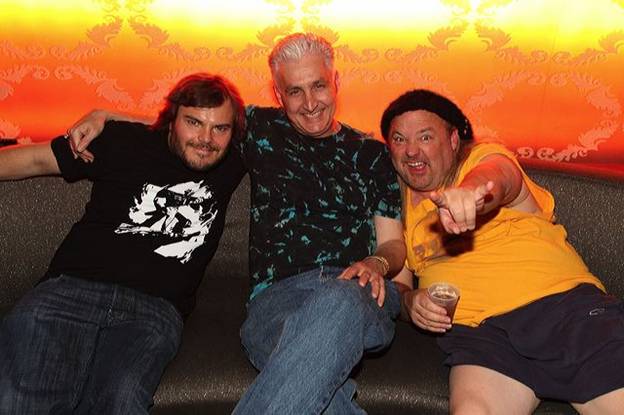
Looking back, what was the highlight of playing music? Which songs are you most proud of? Where and when was your most memorable gig?
Well, my songs are like my children, I really love them all the same. On ‘To Anyone Who’s Ever Laughed At Someone Else’ I said ‘All American Girl’ was a real highlight for me. And I think there was a reason ‘Walk Across the Water’ almost became a hit for Bette Midler (and later Sheena Easton was interested in it). The song is a standout in my collection of compositions. But I honestly am proud of pretty much every song I ever wrote. And regarding the gigs I played, I feel the same way. Every time you connect on stage with an audience or you write a song that touches someone, that is the ultimate in success to me. Everything else is commerce. You can make money from a song or at a gig, but when you can move somebody by your art, you are a super star!
I think this is an important point to end this interview on. Society (and your parents and your friends) tend to value or judge your art by how much money you have made from it. And, even sadder, we as artists all too often judge our art and ourselves by the commercial success of our artistic ventures. I know I spent far too much time over the years agonizing over the $$ of it all. I included a quote by novelist Kurt Vonnegut on the jacket of my latest CD that read: “The arts are not a way to make a living. They are a very human way of making life more bearable.” That’s our job as songwriters, painters, poets, etc. To make life more bearable for ourselves and our fellow human beings.”
That’s why I tell every young person I meet who is doing music to get your stuff out there. Get your music and lyrics out into the atmosphere. Share it so it has the chance to connect with someone out there. You never know, fifty years from now someone may do an anniversary reissue of it.
Klemen Breznikar
Wah Wah Records Official Website / Facebook / Instagram / Bandcamp

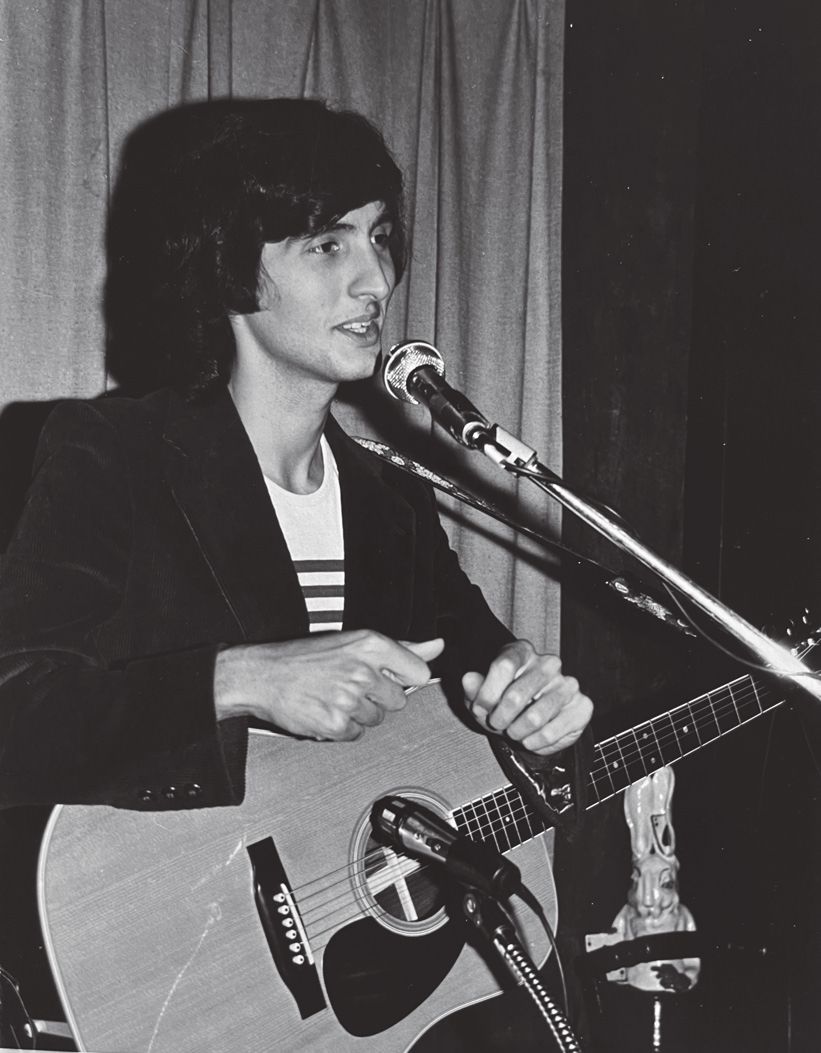



Thank you for the unknown
A great interview about an amazing human being!